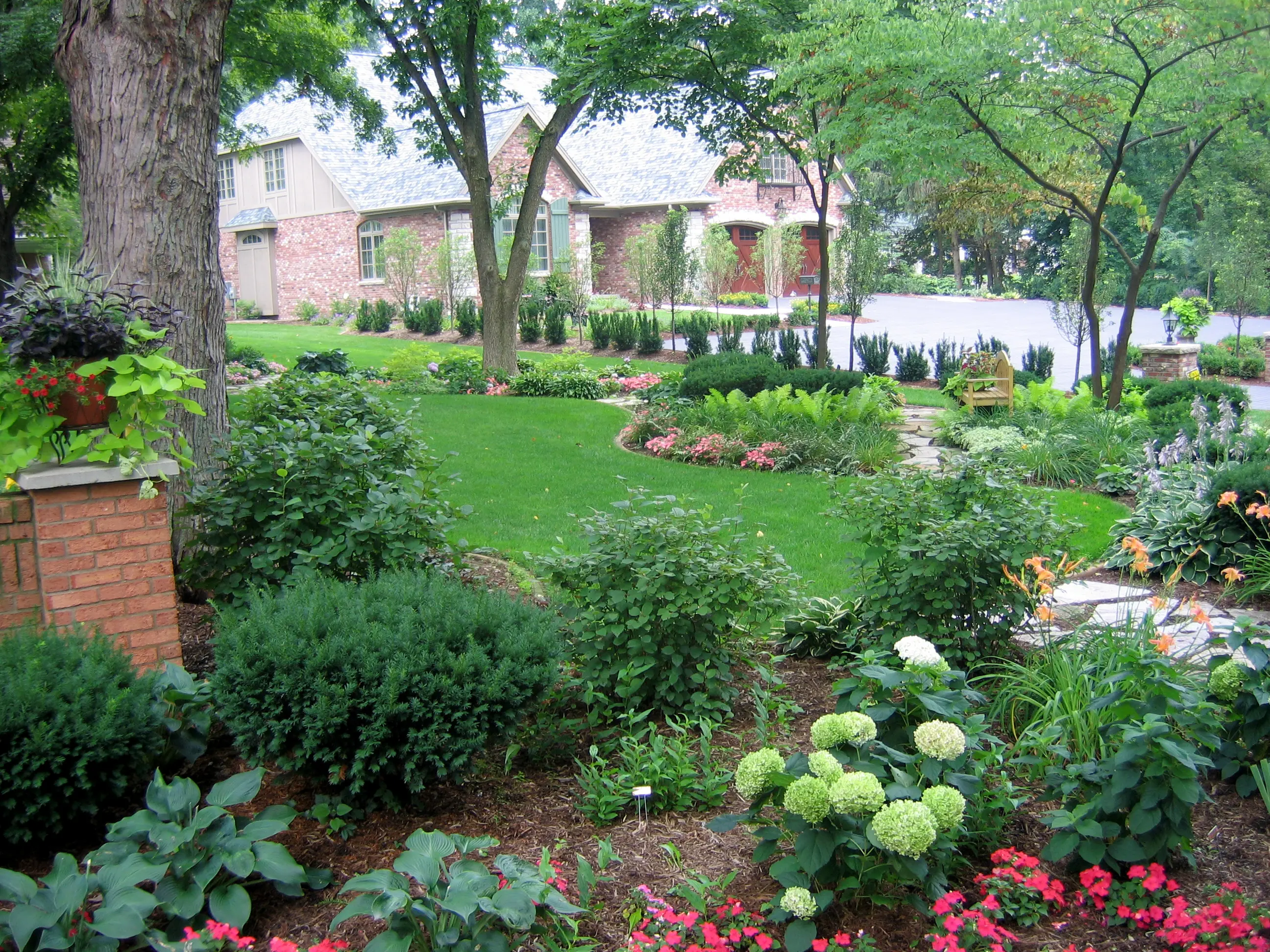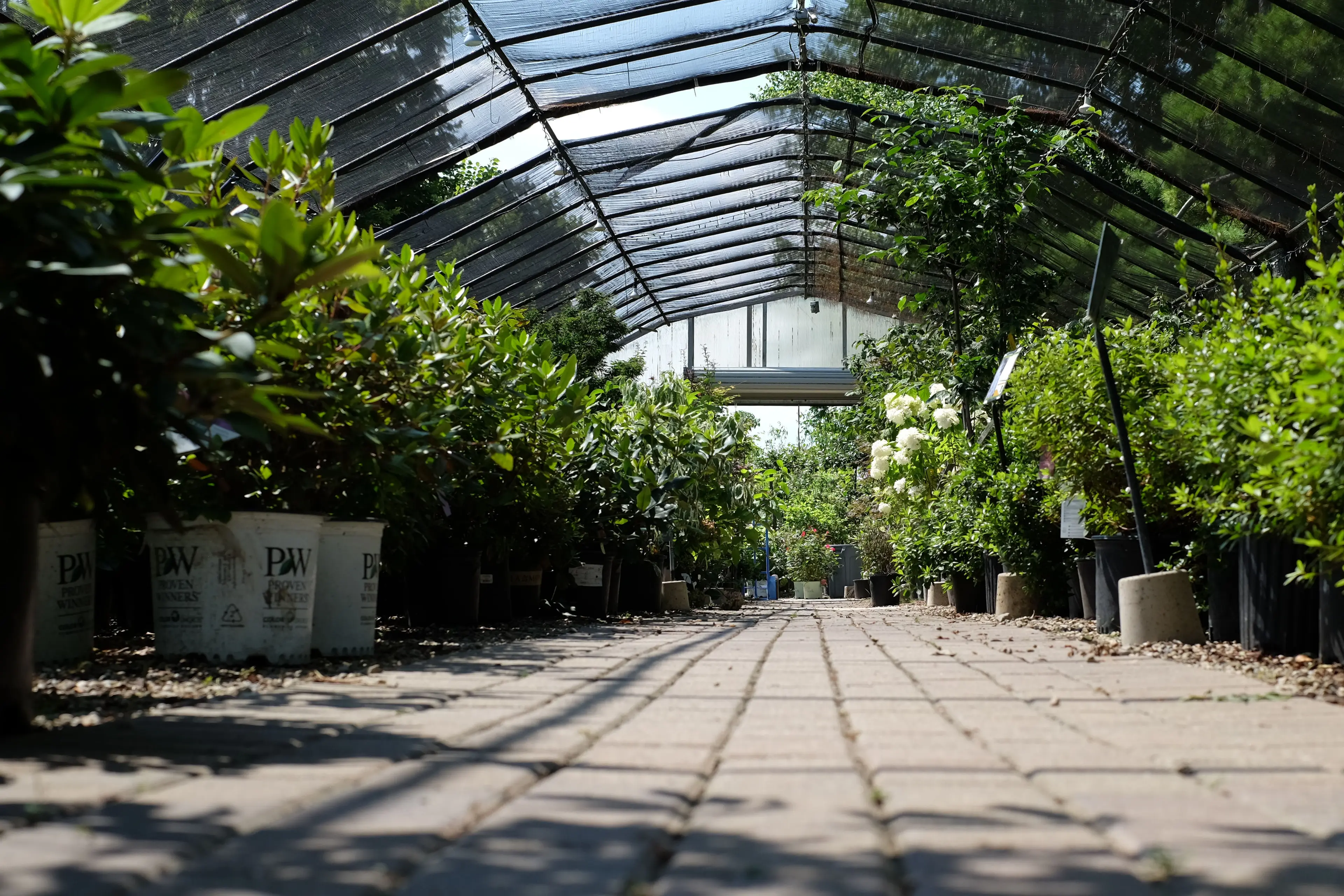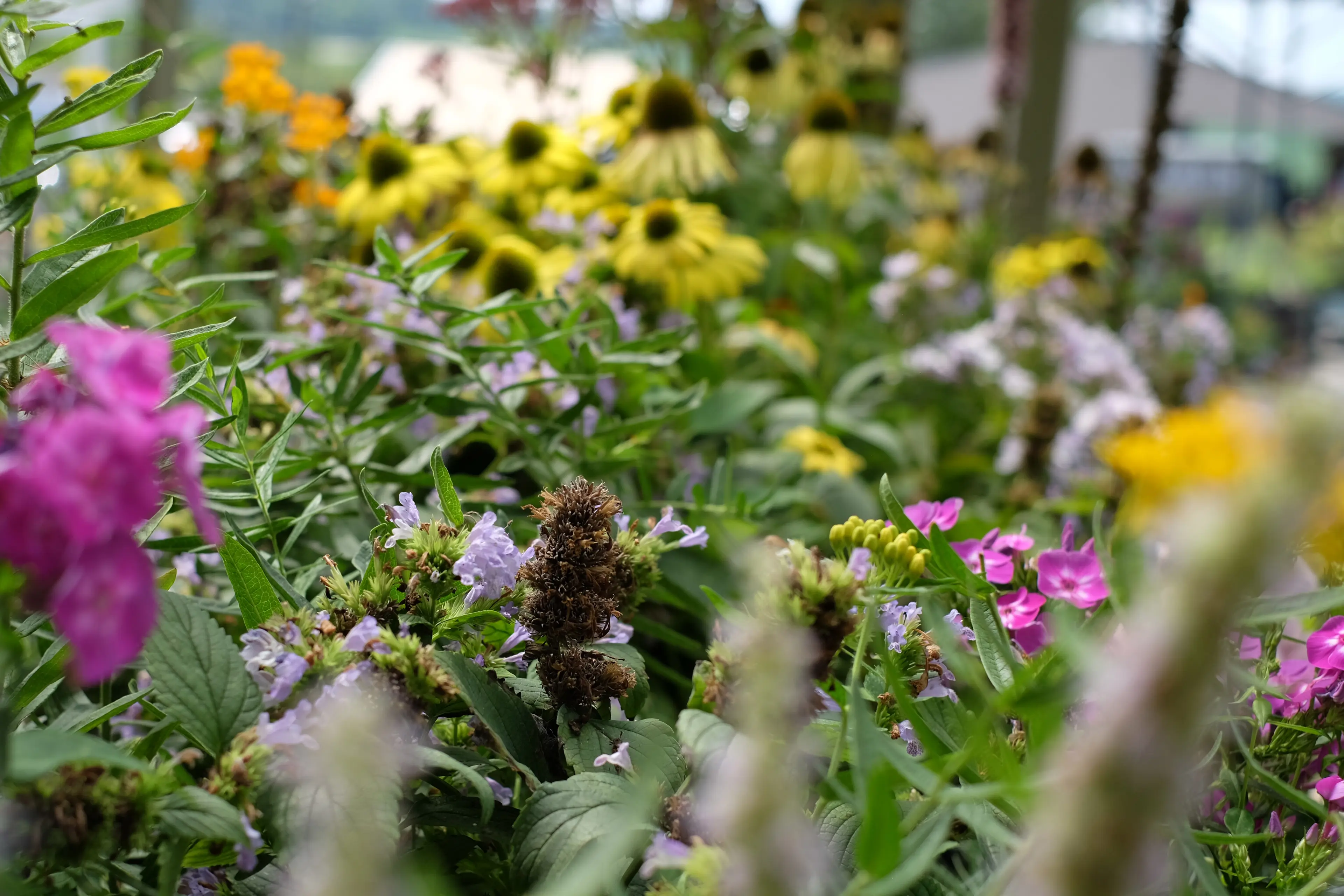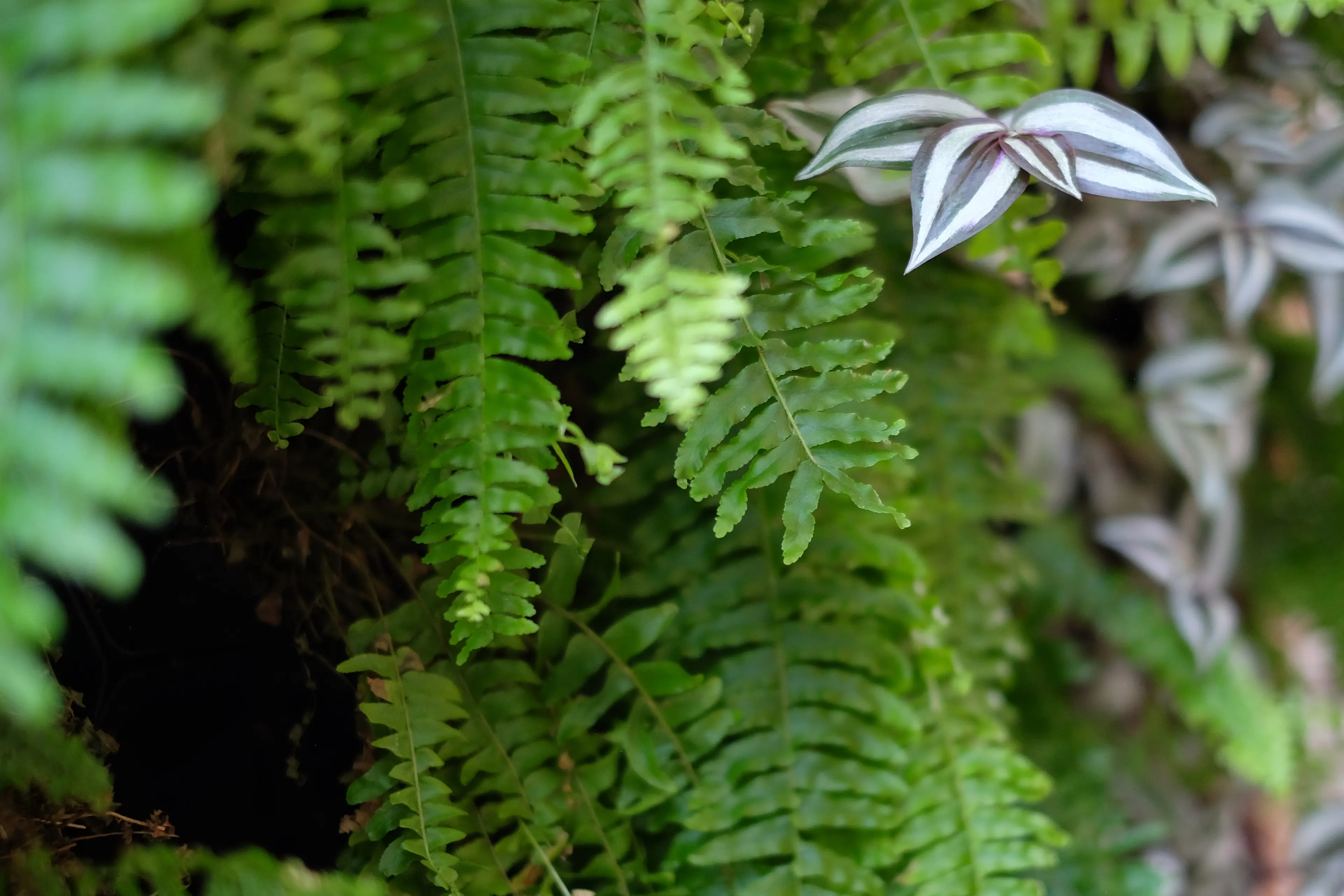







Garden Center

Romance in Bloom: African Violets and Shrub Roses

Love is in the air!
With Valentine's Day coming up soon, we thought it would be appropriate to write a love letter to two of our favorite long-lasting flowers: those of the classic indoor houseplant, the African Violet, and the flowers most commonly associated with romance: Roses!
In this article, we'll discuss optimal care practices for both African Violets and shrub roses, two of the most popularly requested plants in the garden center.
African Violets

These houseplants have waxed and waned in popularity throughout the decades, but remain one of the few houseplants that can be reliably encouraged to bloom indoors, so always come back into style!
African Violets are easy to care for, but have some specific needs. By following the practices outlined here, you'll be sure to keep your plant lovely year-round.
Water
Possibly the most important thing to keep in mind about African Violets is that they cannot be watered from the top. Because the foliage grows in a concentric pattern, radiating from a central stalk, if water is poured into the pot from above, you run the risk of water sitting near the base of the plant or collecting between the leaves, which quickly leads to softening and eventually to rot.
To mitigate the potential for root rot in your African Violets, water from the bottom. If you choose to keep your plant in a nursery pot and display it in a cache pot, this is as simple as removing your plastic pot, adding a few ounces of clean water into your cache pot, and replacing the potted plant, allowing it to drink from the bottom.
Pot Selection
African Violets are so dependent on a bottom-watering routine that there are special pots made just for them. These are called "African Violet pots" (we know, a little redundant!) and they are comprised of two separate vessels. One is an outer pot, typically glazed and ornamental, that you will pour water into. The inner pot, which features a lip that rests along the top of the decorative watering pot, will be made primarily of unglazed clay. When clay is glazed, a glass-like layer is baked onto the exterior of the pot, which does not allow water to pass through. However, the inner unglazed portion of an African Violet pot allows water to constantly be in contact with the soil of your plant indirectly, so the soil can remain constantly moist, but never saturated to the point of enabling root rot.
When planting your African violet, whether you opt for a plastic nursery pot or a specialized African Violet pot, there is a rule of thumb that keeps your plant appropriately watered: the pot should be 1/3 the diameter of the crown of the plant. If, when held at eye level, your African Violet is 6" across, you should opt for a planting container that has a 2" diameter. African Violets grow slowly, so you should plan on assessing the size of your plant's crown every spring, around repotting time, and see whether or not it should be sized up.
Light and Humidity
African Violets, much like orchids, prefer ambient light throughout the day, but can tolerate the gentle direct sun of the morning. An east-facing window is ideal for an African Violet, but be careful to move it far enough from the sill in the winter months that it doesn't take chill too severely.
While these flowering houseplants do enjoy humidity and tend to particularly thrive in a humid environment, because of their foliage's sensitivity to sitting water, you should be very careful when using a mister to increase humidity on these plants. A spritz or two will be fine, but if you notice droplets resting on the leaves (and especially in the crown, nestled between the bases of individual leaves, use a soft cloth to blot away those drops.
Fertilization
Use a liquid fertilizer, possibly one aimed to encourage blooming, the early spring. This should be mixed directly into the water used to water the plant. Continue to feed monthly through summer to encourage foliage growth and a winter bloom.
By following the care instructions outlined above, you're sure to have a whole shelf full of these beautiful, easy-care plants soon enough!

Shrub Roses
Gone are the days when, to achieve a glorious, fragrant rose garden, you needed to dig down three feet, apply carefully measured soil amendments, and select expensive and finicky selections of Hybrid Tea Roses shipped bareroot to your front door. While tea roses are undoubtedly a classic garden selection and can be a welcome challenge to a dedicated home gardener, many advancements in shrub rose selections and availability on the retail market have made them a favorite choice of landscapers, casual gardeners, landlords, and businesses alike.
Here, we'll go over the care instructions for shrub roses, as well as share some of the best options for gardeners new to planting roses! You need not fear: no matter your level of experience or the greenness of your thumb, shrub roses bloom all season and require very simple pruning to keep lush and lovely for season after season.
Planting Location and Light Requirements
Shrub roses need sun. Sunlight is the key factor in the development of healthy, strong wood, abundant fragrant blooms, and a stable root system. This is not to say that a planting site with partial shade will kill your roses; but they will be noticeably healthier when they receive, at minimum, 6 hours of direct sun per day.
Select a site on the East, South, or West side of your home, and consider the mature size of your plant if you're planting more than one shrub nearby. Most shrub roses will have tags that detail the ultimate size of your plant and usually offer spacing information, but as a rule of thumb, try to allow at least 3' between rose bushes.
Roses do not like "wet feet" at all, so if your planting site is in a low area of your yard, use soil to mound your plant up a few inches in order to keep the crown of your rose bush from drowning.
Soil Conditions
It's best practice to incorporate organic compost into the soil whenever you're installing a new shrub. The fluffy texture of compost enables easy root development, while the nutrient boost ensures a healthy first couple of seasons of growth. If your soil is particularly silty and barren, consider working compost into the surrounding area as well.
Watering
When watering roses, it's best not to broadcast a shower from your hose, particularly when the weather is cool. This tip goes along with the reasoning for watering roses primarily around dawn, and sparingly before the evening. The delicate foliage of roses is susceptible to fungal diseases like the dreaded black spot fungus and powdery mildew. These infections take hold when your shrub's foliage is overly saturated with moisture and doesn't have time to dry out before the cooler nighttime temps settle in, and especially in the early morning hours when dew spreads across your garden.
Mitigate these concerns by watering near the base of your rose bush as much as you can. By situating your hose near the crown of the bush, you not only protect the foliage, buds, and blooms from wilting or disintegrating due to standing water, but you also help your bush's roots grow deeper and better penetrate the soil.
Fertilizing
Nowadays, there are granular fertilizers specifically designed to encourage roses to produce ample flowers and bloom for longer periods of time. Consider applying a granular fertilizer when planting your rose, and working an appropriate amount into the top few inches of soil each late winter or early spring to start your plant off right for the new season.
Pruning
Pruning advice is best given on a case-by-case basis, but there are some important rules to follow no matter what variety of shrub rose you have. First, you should prune in the late winter, around early-mid March, before the plant has begun to push out the current season's growth. This is important for two reason: First, roses have very sweet sap, and pruning too late can enable insect pests and fungi to enter your plant and can lead to infection and disease. Second, by pruning your plant ahead of the spring push, you will be encouraging your shrub to grow from only the healthiest wood from the previous year.
Cut out any wood that is noticeably soft, weak, diseased, or thin and spindly. Use very clean shears and use a cotton ball or cloth saturated with rubbing alcohol between plants as well, so that you don't carry potential spores from plant to plant. It may look as though you are removing a considerable part of your plant -- but the practice of removing all wood thinner than a pencil will allow your plant to concentrate its stored energy on producing sturdier, healthier wood during the spring push. Don't forget to wear thick leather or canvas gloves to protect yourself from thorns!
Possible Candidates for your Home Garden
Knock Out Roses
These shrub roses have saturated the market since their introduction 20 years ago, and for good reason. They flower profusely, grow reliably, and are resistant to most of the common ailments that plague the more finicky hybrid tea roses. Knock Out roses tend to grow to around 3' x 3', and are offered in a variety of colors, from the classic red that borders on a hot, bright magenta, to lighter pink, yellow, white, and coral. Available in a variety of sizes, these shrub roses are great for beginners and available all season at Green View.
Drift Roses
If you're going for more of a rambling, flowery ground cover, Drift Roses are an excellent choice. Maxing out at a height of about 18" and a width of close to 3', these shrub roses feature smaller, more delicate foliage and an abundance of lovely blooms, in colors ranging from true red, to pinks, to a soft popcorn color, and a classic creamy white. These shrubs are ideal for mass plantings because they knit together over the course of a few seasons, ultimately becoming a low, easy-maintenance mass of fragrant roses.
Various Individual Candidates
Many national growers have brought their own individual selections to the market, which are available in a variety of colors and sizes. While the series of roses detailed above are easy to care for, they aren't usually ideal for cutting flowers for vases and the like. However, there are plenty of other shrub roses selected specifically for their long, sturdy stems and long-lasting fragrant flowers that make for great cut flowers. Visit Green View and speak with our tree and shrub staff to find the shrub rose of your dreams today!
Thank you for reading, and have a beautiful Valentine's Day.
As always, we thank you for your continued support and look forward to helping you make your yard a more beautiful place for this coming season! See you soon!